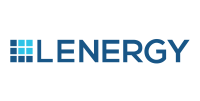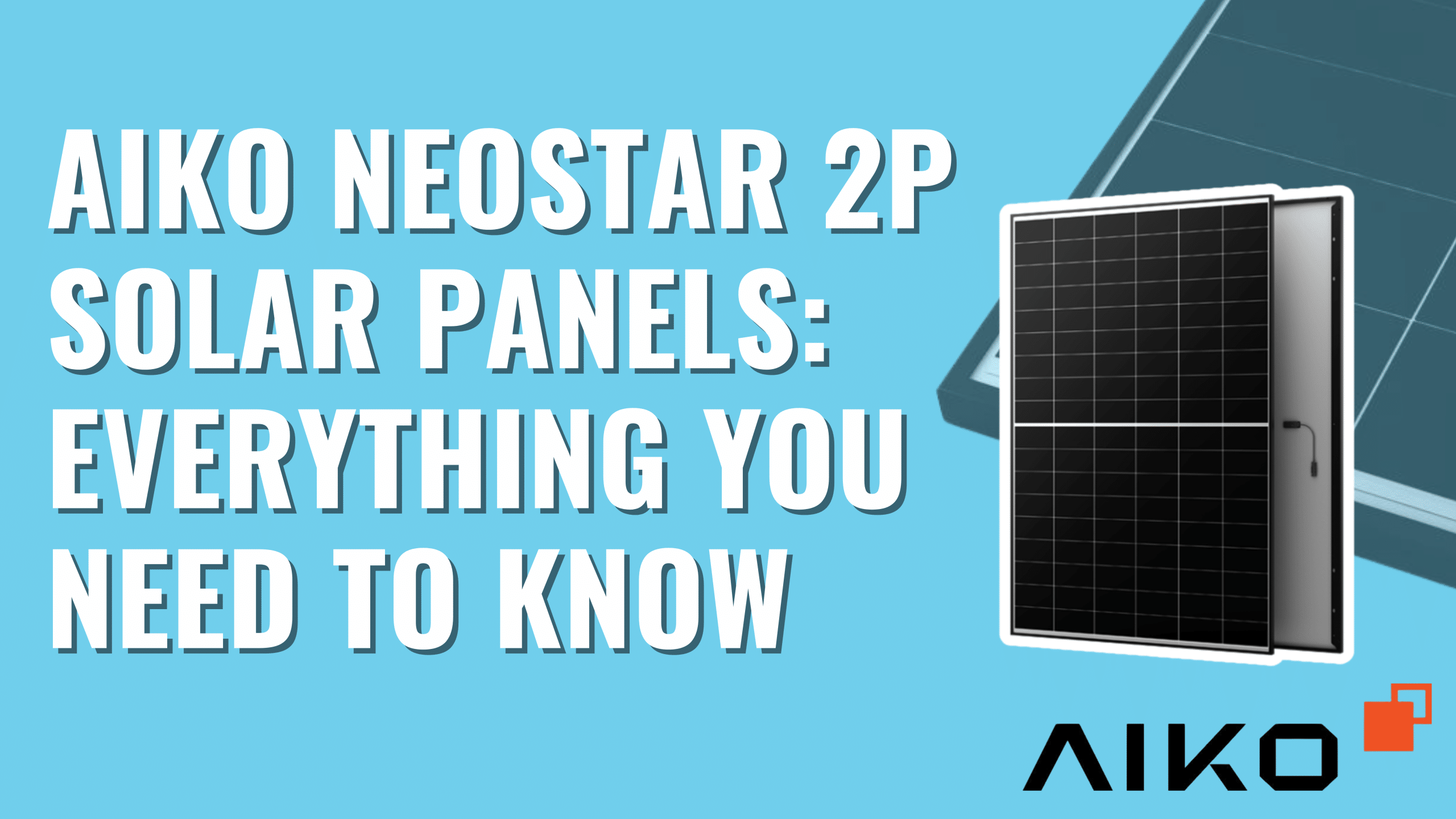
Written by Harleigh Dickinson
April 2, 2024
Microinverters vs String Inverters: Which Is The Best?
Exploring solar energy options can be overwhelming, and you might find yourself asking: Microinverter or String Inverter? Just when you think you’ve settled on a string inverter, you discover the microinverter. So, which one is the best choice for you?
We believe choosing which solar inverter is right for you is one of the most important decisions you’ll make when it comes to solar, even more important than the choice of solar panel.
What Is The Difference Between Microinverters and String Inverters?
String inverters work by connecting multiple solar panels in series to feed a single input, which converts the DC power produced by the panels into AC power.

String inverters are typically more cost-effective than microinverters, making them a great option if you are looking for a high return on investment, have budget constraints and may not be in your forever home.
Since they are connected to multiple solar panels in a string configuration, they can handle higher power capacities at a lower cost per watt.
Monitoring and maintenance for string inverters is relatively straightforward, with built-in monitoring capabilities and typically only requiring periodic inspections and firmware updates.
Something to consider when opting for string inverters is the orientation of your roof and any possible shading. As string inverters have limited inputs and the panels are all connected in series, they essentially operate as per the weakest link.
If one panel is shaded, soiled, or partially covered by leaves, the entire array’s output would be impacted.

This can also be due to your roof layout, having steep peaks or a high degree of pitch, shading can occur as the sun moves.

String inverters typically require all panels in a string to be of the same type and orientation. This can limit flexibility in system design, especially in installations with multiple roof angles or orientations.
The warranty on most string inverters is 5 to 10 years, offering a level of safeguarding and assurance, however it may fall short of the lifespan of the solar panels themselves.
How much does a string inverter system cost at Lenergy?
– 6.6kW String inverter system from $6,693
– 10kW String Inverter system from $9,970
– 13kW String Inverter system from $10,819
All these prices include the complete installation for a standard single phase, tin roof.
Most people will opt for a string inverter if they have a one story home with a regular roof pitch (22.5 degrees and under), no interferences that could cause shading and if they are not in a long-term dwelling.
Microinverters, in contrast to string inverters, offer a decentralised approach to solar energy conversion by being installed directly beneath individual solar panels. This positioning enables each panel to function autonomously, unaffected by the performance of neighbouring panels.

As a result, even if one panel is shaded or experiences a decrease in efficiency, it does not impact the output of the entire solar array. This distributed architecture enhances overall system efficiency and ensures maximum energy harvest, particularly in situations where shading or panel malfunctions are common.

Microinverters offer flexibility in system design compared to string inverters. With microinverters, solar panels do not need to be grouped into strings, allowing for more versatile installation layouts. This flexibility is particularly favourable for complex roof layouts or installations with panels facing different orientations.
Microinverters tend to have a higher upfront cost compared to string inverters. Because each solar panel requires a microinverter, the cost per watt of a microinverter-based system can be higher than that of a string inverter-based system.
This initial investment may be a deterrent, particularly those with budget constraints. Some may argue that you will save money in the long run, because they believe microinverters maximise each panel’s production.
Monitoring of mircoinverters is quite advantageous as they allow you to see each solar panel’s individual production and performance in real time. This detailed monitoring provides valuable insights into the health and efficiency of the solar system, helping identify any issues or inefficiencies promptly.

While technology around microinverters is advancing, the current power handling capabilities may be less suitable for larger solar panels typically used in commercial-scale solar systems or solar systems with a large number of panels.
Out of the box, Enphase microinverters come with a 15 year product warranty which can be extended to 25 years, aligning more closely with the lifespan of solar panels themselves.
How much does a microinverter system cost at Lenergy?
– 6kW Micro Inverter system from $9,626
– 7kW Micro Inverter system from $10,080
– 9kW Micro Inverter system from $12,978
All these prices include the complete installation for a standard single phase, tin roof.
While microinverters may have a higher upfront cost and may not be suitable for larger commercial solar systems, their potential to maximise energy production, system efficiency and the longest warranties in the industry, they are an appealing option for many homeowners.
Safety Enhancements in Microinverter and String Inverter Technologies
In the realm of solar power, safety is a paramount concern, particularly when it comes to the handling and conversion of electrical currents. Microinverters play a crucial role in enhancing safety by converting direct current (DC) to alternating current (AC) directly at the solar panel.
This approach minimises the presence of high-voltage DC, which is typically more hazardous, from running throughout the solar power system. This localised conversion significantly reduces the risk of high-voltage electrical hazards across the installation.
Recent advancements in string inverter technology have further bolstered safety measures within these systems. Companies like Fronius have been at the forefront of these innovations. They have incorporated ARC Fault Circuit Interruptions (AFCI) into their inverters, a technology designed to address and mitigate the risks of electrical fires and shock.
The AFCI is engineered to detect and interrupt ARC faults (an unintentional electrical discharge that can occur and is capable of igniting fires) thereby enhancing the overall safety of the solar power systems in which these inverters are installed.
To String Or Not To String – Microinverter vs String Inverter
The choice between string inverters and microinverters ultimately depends on factors such as budget, long-term residence, roof layout, shading conditions, and individual preferences.
At Lenergy, we offer both String and Micro inverters as we know there is no one size fits all. Whether you’re looking for the durability and simplicity of a string inverter or the enhanced performance and individual panel optimisation of microinverters, we have the solution tailored to your needs.
Contact us today to discuss which inverter you have chosen for your system.







